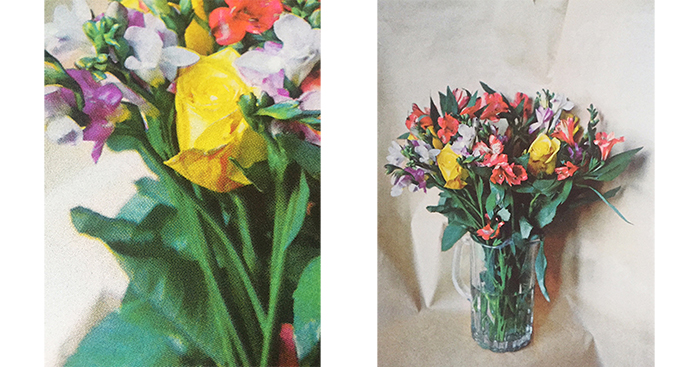
Clare Lyons
Clare Lyons - Back Into Your Mind
TBILISI PHOTO FESTIVAL X FUTURES
Interviewed by Ana Gabelaia
In different projects, you use a photo as a material and do various manipulations on it. It seems to me that photography is not always enough for you. Along with the research of the theme you’re working on, you’re searching for new ways of communicating with photography itself. Can you talk about your relationship with the medium?
You’re right, photography doesn’t feel like ‘enough’ sometimes for the kinds of themes and topics I explore in my work. My work is so personal that in order for me to even begin to scratch the surface of things like mental health struggles and childhood trauma, I feel I must work with the images in more hands-on and tactile ways in order to aid the construction of my narratives. Feeling as though I am physically working through things that have caused me great pain is an extremely cathartic process. Roland Barthes says “a photograph is always invisible, it is not it that we see”, and this belief in the photograph being a physical object in its own right is integral to my practice. My cathartic methods help me feel better, but also draw attention to the photograph as an ephemeral, physical object.
Bouquet. Clare Lyons. 2018
Tell us about your working process, the path that your work undergoes from the original idea to its presentation.
I can spend weeks or months going to my studio and just sitting there, researching, thinking, listening to terrible music and sometimes even dancing around a bit. However, I do think my process finds its strength in my reliance on my own subconscious thought. I could have an idea stewing in my mind for a very long time, not really doing much with it, but trusting that it's in there, cooking away, and hoping that one day something will just come out of me as a result of that. For example, when I made ‘Back Into Your Mind’, it wasn’t that I did all the research and came to a conscious conclusion that the best way to explore this topic was by incorporating paper folding - I just literally printed one of the images and almost automatically began folding it in on itself. I had been thinking about the suppression and repression of memories for a long time, doing the odd bit of research and reading here and there, with some experimentation along the way. But without putting too much pressure on myself, I just trusted that the information I was absorbing would assimilate in my mind and eventually the work would just come out. It was a similar moment with ‘Every Saturday’ when I just felt a compulsion to collect leaves and then took another notion to shove one through my printer. Sometimes it's only when I look back at my research that I realise that it makes perfect sense to me that these were the methods I ended up working with.
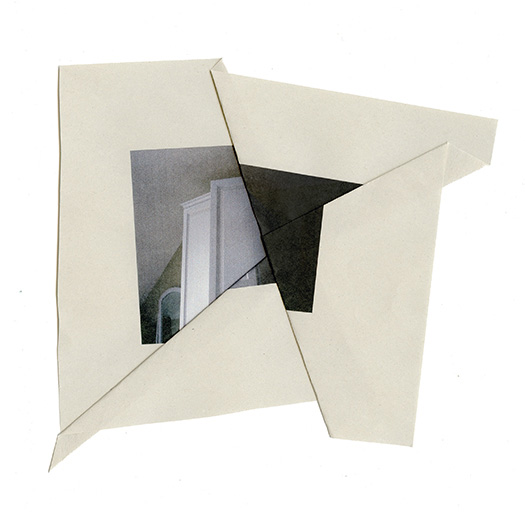
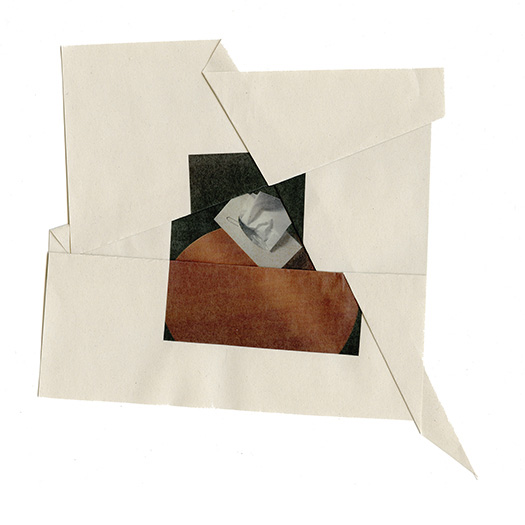
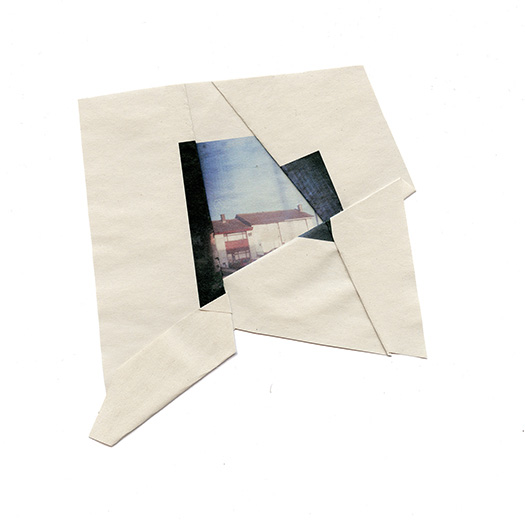
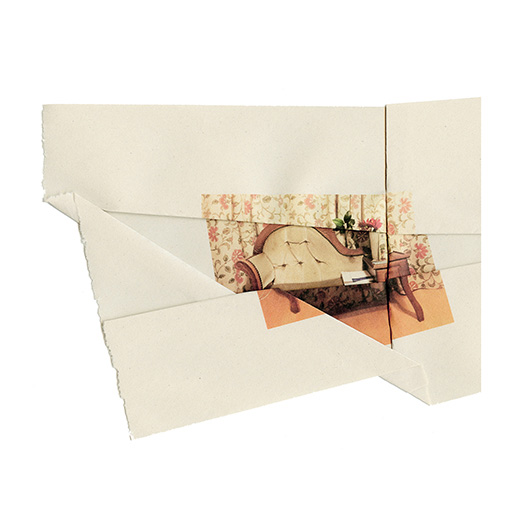
Back Into Your Mind. Clare Lyons. 2018-2019
Your projects are deeply personal. The research you’re doing for your work means recalling your memories, digging deep in your past. I’d definitely like to hear more about the process of exploring yourself through art.
It’s actually not really very fun at all. Even though the end result of making work like I do can feel extremely cathartic, the process, and getting to that point can be very emotional. I cried every single day that I sat at my desk to work on ‘Every Saturday’. Revisiting these things, and forcing myself to face up to some of the things that have happened in my life is difficult, and at times very painful.
Can you tell us more about ‘Every Saturday’?
‘Every Saturday’ looks at my paternal relationships in the face of traumatic experiences and conflicting identities. The work was sparked by the discovery that I have two birth certificates on file in the Irish Civil Registry System, and took the forced, court-ordered visitations I had with my biological father as a starting point for reflection. The project examines identity and memory, what it is that makes us who we are, and what is family. My methods of working with ephemeral material reflect the kind of processes I was introduced to and encouraged to work with while talking with therapists and counsellors as a child. Making ‘Every Saturday’ has been extremely hard, and has revealed a lot to me about myself. The best part of the project was, however, realising that despite the pain and the trauma of this experience, I am actually very lucky to have chosen my Dad, and the work is really a celebration of him.
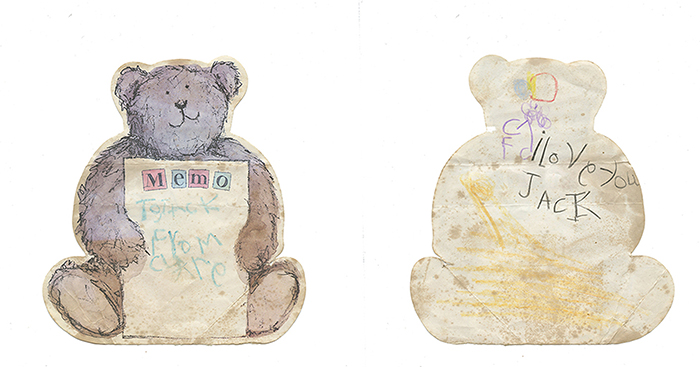
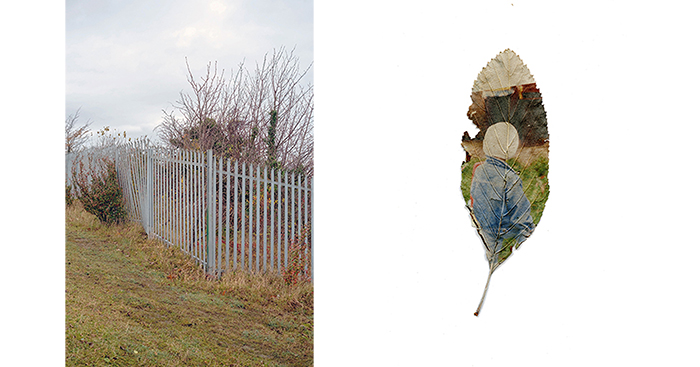
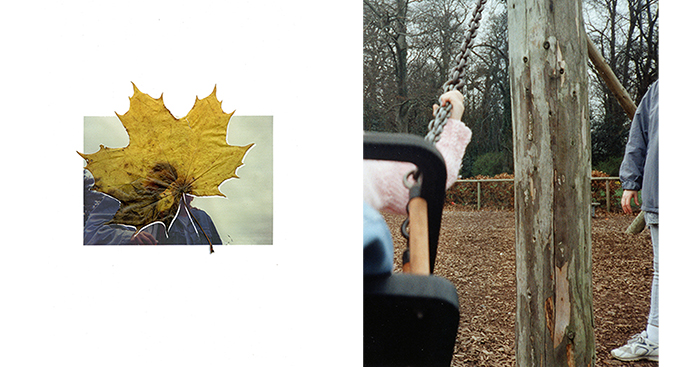
Every Saturday. Clare Lyons. 1993 - present
In some of your projects you talk about your mental illness. I think it’s an important thing to do, especially now, during the pandemic but it also takes courage as it’s still a bit of a taboo to talk about mental health issues. Can you tell us more about the projects you made concerning this matter and how your mental health condition finds the way in your art?
In the third year of my undergraduate degree in photography, I became very sick. I was extremely mentally ill at this time and nearly ended up dropping out due to the struggles I was facing. Thankfully I managed to talk myself out of that option - which in retrospect probably would have had a severely negative effect on my mental health, and found a way to deal with my struggles through my practice. Instead of feeling shameful about my mental illness, I embraced it, and decided to confront it head on through my work. I first made a small series of GIFs, which has since been titled ‘1311491’. This series of fast moving, glitched images attempted to portray what a manic episode feels like. I had never so strongly experienced the manic high of bipolar disorder before this point, and this work was made when I was in the throes of my worst episode to date. The GIFs were made while I was working through this episode, so they are a very raw and real depiction of this particular state of mind. In my altered state of thinking, I likened my mind to that of an overworked computer, which is where the idea of glitching the images came in. The fast-paced, fast moving frames are meant to act as a metaphor for the kind of racing thoughts and pressured speech one can often experience when going through a manic episode, and the use of self portraiture was a nod towards those grandiose feelings, and inflated sense of self. Making this work helped me through this rough period of my life, so when the time came to create my graduate work in my final year of college, I decided to follow this same line of enquiry, and this is when I made ‘room 3’. ‘Room 3’ is actually probably one of my more tame works in terms of wreaking havoc on the photographic image in order to construct a narrative. My methodology was far more traditional for this work, which was made in the facility where I received treatment for my bipolar disorder. Taking a more documentary style approach, I made images in Sheaf House in an attempt to organize my own thoughts about what was happening to me at that time in my life. The more refined approach to shooting this work kind of demonstrates a desperate attempt at asserting some kind of control over a time and space that felt incredibly chaotic and uncertain.
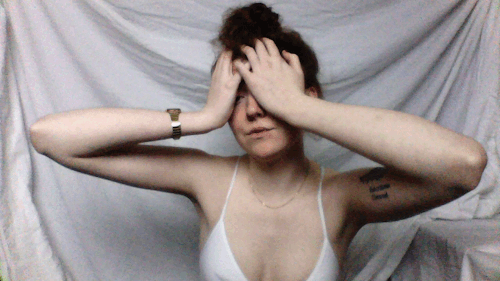
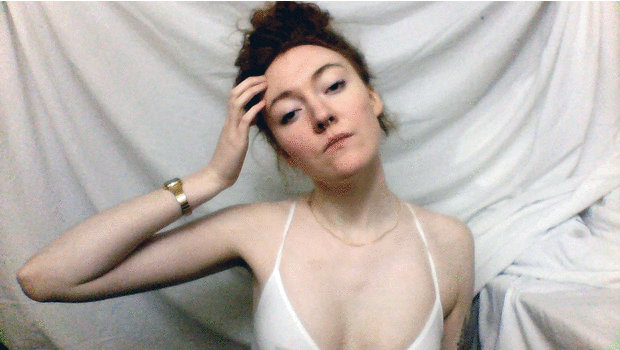
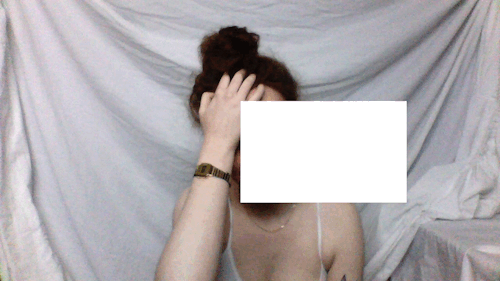
‘1311491’. Clare Lyons. 2015
What do you think is (or can be) an artist's role in raising public awareness about important social/political subjects?
My work in many ways is completely self-serving, I do it so that I can heal and feel better about the things I have faced in my life. However, I can’t ignore that a major part of being an artist and producing work like this, is sharing it with everyone. And I know that I want to share my works with as much of the world as I can. So I suppose I can’t help but acknowledge that there is a part of me somewhere that also hopes these works can help other people too. I hope that my work can maybe help other people who have gone through things similar to me feel less alone in their experiences, and also feel empowered to know that there is no shame in these things.
Cover image: Every Saturday. Clare Lyons. 1993 - present.
This series of articles are published in order to create new artistic opportunities for the Futures Talents - the photographers that are part of Futures platform. In 2020 Tbilisi Photo Festival has joined the FUTURES - Europe based photography platform co-funded by the Creative Europe program of the European Union. Futures bring together the global photography community to support and nurture the professional development of emerging artists across the world. The project implemented in partnership with Tbilisi Photography & Multimedia Museum.
